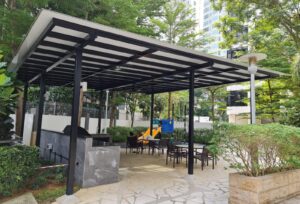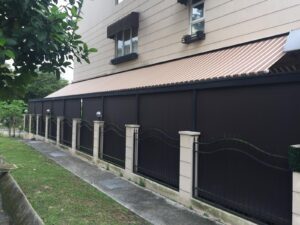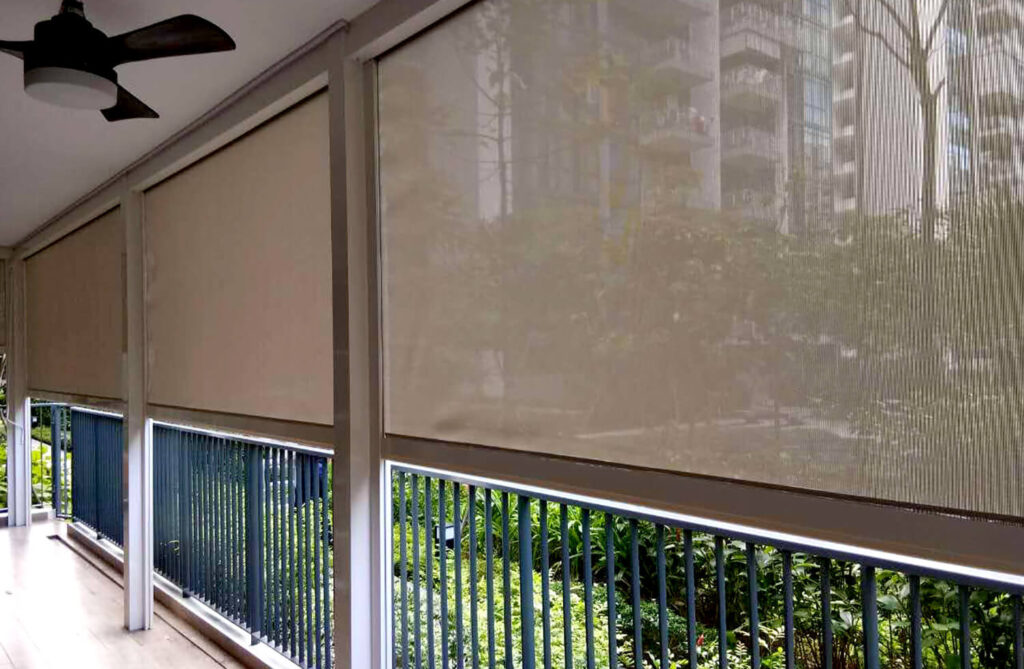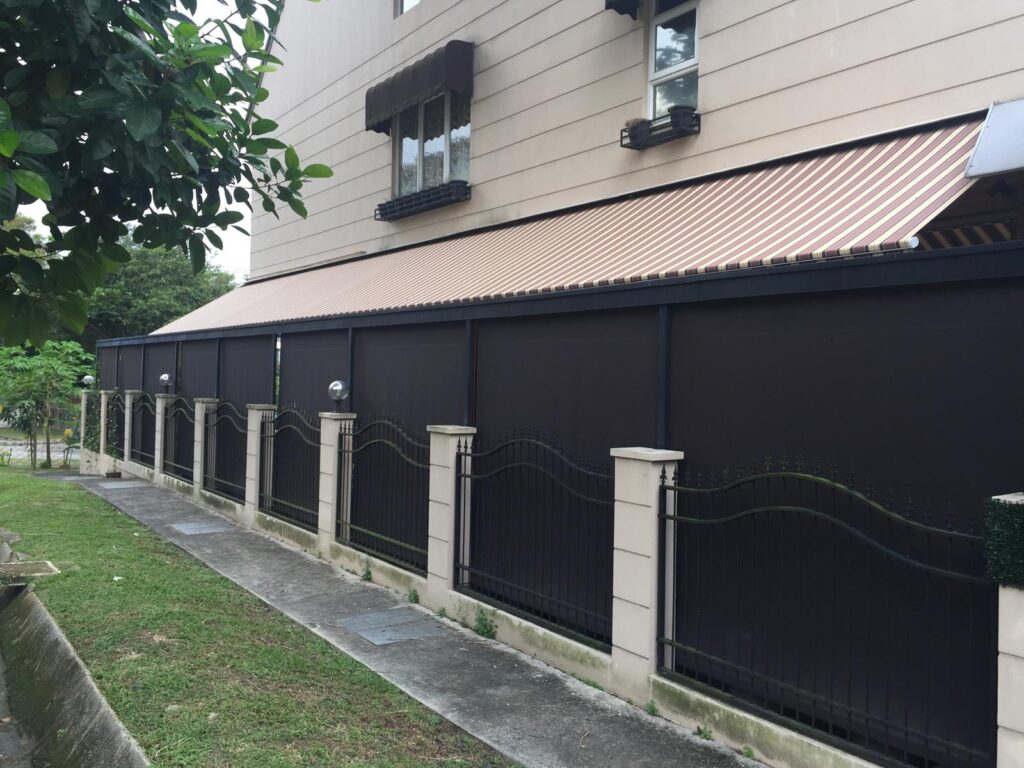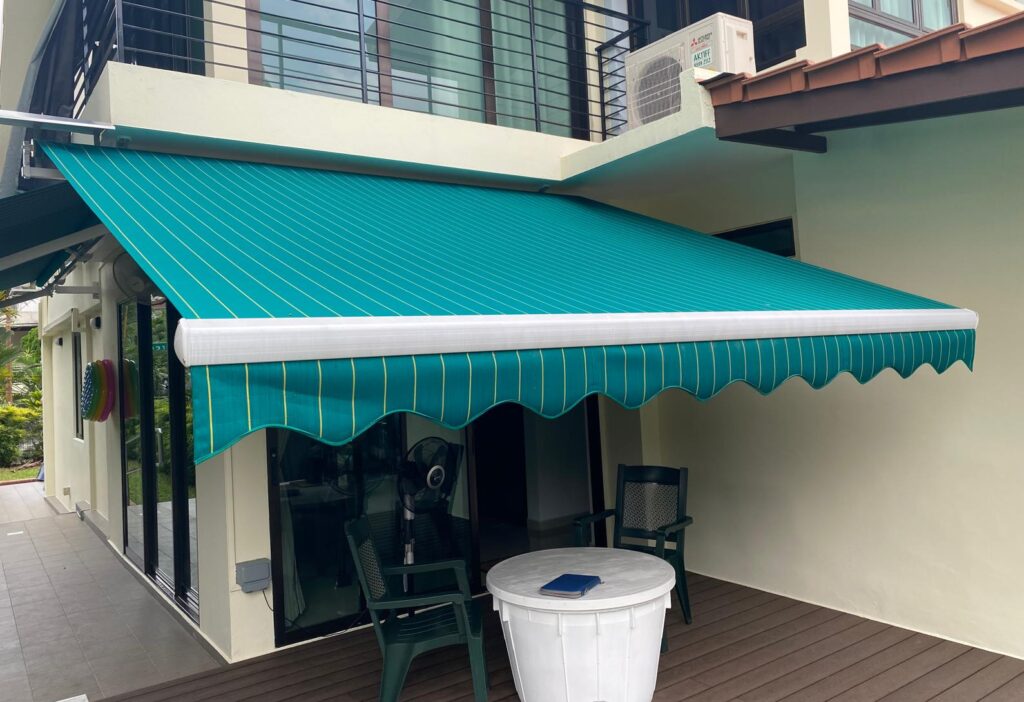
A retractable awning offers protection from the sun’s harmful rays and enhances your ability to enjoy your deck or patio space more frequently. If you’re looking to spend more time outdoors but find the current conditions uncomfortable, check out our article on the factors to consider before installing a retractable awning.
It provides valuable insights to make your outdoor area more stylish, comfortable, and inviting. Let’s begin by exploring the best locations to install an awning.
Optimal Installation Location
Installing a retractable awning can be relatively straightforward and minimally invasive to your home’s exterior. A professional installer can help ensure you select a safe and effective location, maximizing the benefits of the awning. Generally, retractable awnings can be installed in various outdoor areas such as patios, decks, poolside, and above windows. If your chosen location isn’t ideal, modifications might be made to accommodate it. Carefully consider where the awning will be most beneficial and consult your installer for expert advice.
Components
Investing in a retractable awning involves understanding its key components:
- Fabric: This is essential for shading and protection from the elements. Various types and styles are available.
- Valance: An extension of the fabric that provides additional shading.
- Frame: The structure that supports and stabilizes the awning, including moving parts.
- Motor: Powers automatic opening and closing; included with automatic models.
- Roller Tube: The part on which the fabric is coiled.
- Arms: Extend and retract the awning.
- Protective Hood: Covers the awning when retracted to protect it.
Manual vs. Automatic
Choosing between a manual and automatic awning involves considering convenience, electrical requirements, and cost. Manual awnings require a crank to operate, while automatic ones open and close at the touch of a button. Automatic models need a nearby electrical source, which could increase installation costs. If you prefer convenience and can manage the extra expense, an automatic awning is ideal. If not, a manual version may suffice. Test both options to see which suits you best.
Frame Design
The design and color of the awning frame are important considerations. The frame should complement your home’s exterior and be durable enough to withstand various weather conditions. Look for high-quality components, such as aluminum roller tubes and robust lateral arms. Frame color options are more limited compared to fabric choices, typically offering fewer than a dozen colors.
Fabric Design
The fabric of your awning significantly impacts its appearance. With hundreds of fabric and color options available, it’s crucial to select one that matches your home’s design. Consider the following:
- Plain vs. Patterned: Patterns may hide imperfections better than solid colors.
- Color Impact: Dark colors may show stains more than lighter ones.
- Fabric Types: Options include vinyl acrylic, polyester vinyl composite, and others.
UV Protection
Protecting yourself and your family from UV rays is crucial. Many awning fabrics can block up to 99% of UV light, but verify this on the label. Effective UV protection not only safeguards your skin but also prevents fading and damage to outdoor furniture.
Energy Savings
A retractable awning can help reduce energy bills by decreasing heat gain from the sun. By shading windows and doors, the awning reduces the workload on your air conditioning system, leading to lower cooling costs.
Awning Care
Proper care is essential to maintain your awning’s performance and appearance:
- Avoid Rolling Up Wet Fabric: If it rains and you need to retract the awning, let the fabric dry as soon as possible.
- Keep Closed When Not in Use: This prevents unnecessary wear.
- Protect During Severe Weather: Close the awning during strong winds or storms.
- Regular Cleaning: Use mild detergent to clean the fabric and prevent saltwater damage if near the ocean.
Warranty
Understanding the warranty is crucial. It typically covers the awning’s components and may come from both the manufacturer and installer. Adhering to proper care guidelines is essential for warranty validity. Note that fabric and mechanical parts may have different warranty terms.
Conclusion
Retractable awnings can be an excellent choice to enhance the exterior of your home and we hope this list helps you make the right awning decision. Please let us know what you think of this article and how it has helped you with your project. If you are looking for an awning installer, contact our experts to gain more information today!
